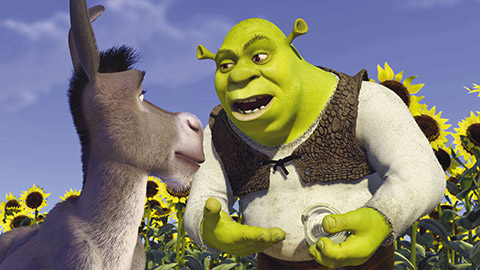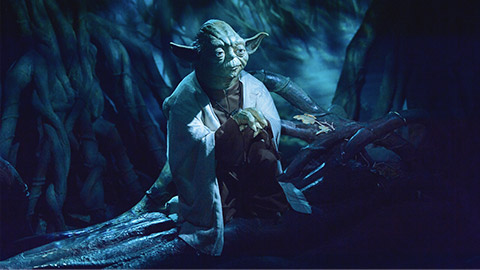There are a million ideas in a world of stories. Humans are storytelling animals. Everything’s a story, everyone’s got stories, we’re perceiving stories, we’re interested in stories. So to me, the big nut to crack is to how to tell a story, what’s the right way to tell a particular story.Richard Linklater
When creating films, writers focus on storytelling. They create a narrative with a sequence of events either in verbal, written or picture form that is put together in a way that creates a storyline for their audience.
There is a variety of reasons to tell a story: to sell, entertain, inspire, motivate and educate.
So what makes a story engaging?
To create a good story, you will need to consider the basic elements that are essential to a film narrative, including the plot and storyline.
A storyline is a series of events that occur through time, supporting the audience in learning more about the characters, the setting and moral of the storyline--engaging the audience and creating an emotional connection to the film.
Story structure
Story structure is the order or arrangement of events that happen in a story. This includes the beginning, middle and end.

Why do we use it?
Following a story structure (specific order of events) allows us to craft better stories. In turn, this helps evoke more of an emotional response from our audience and therefore a better payoff.
| Beginning |
20% of the story. |
|---|---|
| Middle |
70% of the story. |
| End |
10% of the story. |
Here is a sample story sequence:
- Establishing character in their everyday world
- But they want something…
- They enter an unfamiliar situation…
- They adapt to a new situation
- They get what they wanted
- They, however, pay a heavy price for it
- They return to their familiar situation
- They have developed and grown as a character.
For example, a heist film might include an extended recruitment sequence in which the leader of the gang collects the conspirators, followed by a robbery sequence and finally ending with an escape sequence.
Watch the video below. Identify the beginning, middle and end of the story by answering the multiple-choice questions that follow.

Making a character interesting to an audience
This is harder than it sounds but some important points to think about are:
- Giving your character some type of goal. Then make the character as ambitious as you possibly can to achieve that goal–a half-hearted character who never gains the motivation to achieve his goal, or worse, easily achieves his goals, is almost always going to make a dull story.
- Make sure every action your character makes has reason. If the character’s motivation is unjustified or unnecessary then your audience could feel disconnected to the film. It’s quite easy to make a character unlikeable through a lack of effort causing them to lack competency (e.g. your audience will dislike a character who forgets to bring his sword to fight the dragon if defeating the dragon is what the character really cares about. It would be better if his sword breaks just before the battle due to unforeseen circumstances).
- Raise the stakes. Frodo taking the Ring to Mordor is more exciting than if Aragorn was to do it. This is because in a fight against an army of Orcs, Frodo doesn’t stand a chance. It’s easier for Frodo to fail and therefore more rewarding when he succeeds. Always try to make your antagonist better than your protagonist--this will force the protagonist to work harder to overcome them.
Character arcs are a great way of exploring a theme. Without character arcs and themes, films can feel like they wander their way through the story and can lack a feeling of beginning, middle and end.
When writing a film, there is only one rule: DON’T BE BORING. If you decide not to have any themes or character arcs, then be careful not to bore your audience.
Typically, there are 3 character arcs--positive, negative and flat.
-
Positive arc: This is where the character learns something during the film which makes the character a better person. Usually, they begin the film by lying to themselves about something to make themselves happy. This lie will then find a way to flip their world upside down and they must conquer their flaws in order to live a happier life. For example, Shrek thinks he lives happily without any friends. He is then forced to work with Donkey and other people and along the way learns the importance of friendship. In the middle of the film, Shrek has the option to go back to his old life but makes a conscious decision to go out and save Fiona.

-
Negative arc: This is where the character is repeatedly faced with conflict because of their flaws but fails to learn and refuses to fix their flaws. This leads the character down a dark path and their situation worsens (e.g. Darth Vader, Walter White, Jordan Belfort in The Wolf of Wall Street).

-
Flat arc: This is where the character believes something that is true but is surrounded by people that are blind to this truth. This character will start and end the film with the same personality and beliefs (although will often have many doubts along the way) but usually influences many of the supporting characters around them. Usually, mentor characters will have flat arcs (e.g. Gandalf, Obi-wan, Yoda, Dumbledore, Morpheus); although main characters can also have flat arcs (e.g. The Hunger Games, Gladiator).


